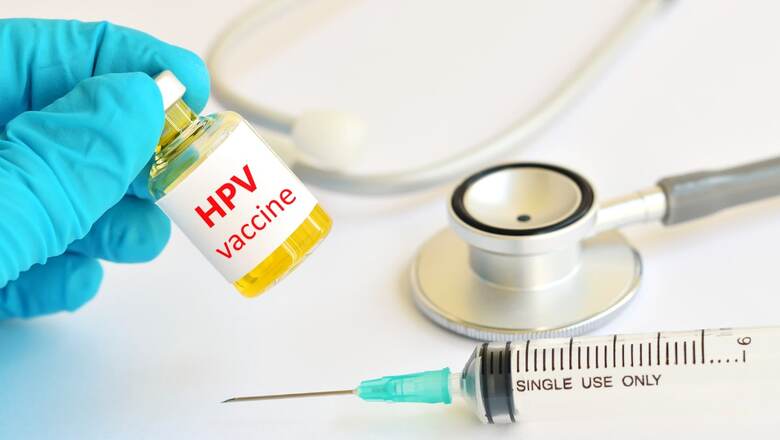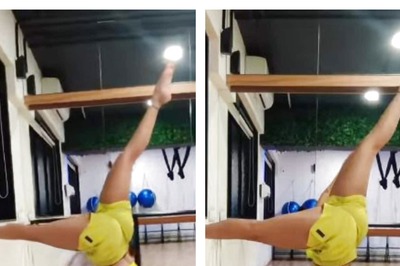
views
No cases of cervical cancer have been found in women who have received full vaccination against HPV, a new study by Public Health Scotland has found. This follows the initiation of the human papillomavirus (HPV) immunisation program for girls aged 12-13 in Scotland in 2008.
The research published in the Journal of the National Cancer Institute, dated January 22, concluded that the HPV vaccine was “highly effective” in averting cervical cancer development.
These promising findings from the study, conducted by Public Health Scotland (PHS) in collaboration with the Universities of Strathclyde and Edinburgh, could significantly contribute to global cervical cancer prevention initiatives across the globe.
HPV, a prevalent virus primarily transmitted through sexual contact, is the leading cause of nearly all cases of cervical cancer, ranking as the fourth most common cancer among women globally. The study conducted by a team of seven researchers said: “Our findings confirm that the bivalent vaccine prevents the development of invasive cervical cancer and that even one or two doses one month apart confer benefit if given at 12-13 years of age.”
“At older ages, three doses are required for statistically significant vaccine effectiveness. Women from more deprived areas benefit more from vaccination than those from less deprived areas.”
According to the data by the Indian government, cervical cancer ranks as the second most prevalent cancer in India despite being largely preventable.
In 2022, India launched its first indigenously developed HPV vaccine, Cervavac, for the prevention of cervical cancer manufactured by the Serum Institute of India (SII).
As per the latest estimates, every year, approximately 1.25 lakh women are diagnosed with cervical cancer, and over 75 thousand die from the disease in India. Around 83 % of invasive cervical cancers are attributed to HPVs 16 or 18 in India.
How Was the Study Conducted?
This observational study, based on population data from Scotland, utilised linked information from screening, immunisation, and cancer registries. It aimed to investigate how age, dosage, and socioeconomic status affect the occurrence of invasive diseases after administering the bivalent vaccine.
Information for women born between January 1, 1988, and June 5, 1996, was retrieved from the Scottish cervical cancer screening system in July 2020. This data was then linked to cancer registry records, immunisation records, and socioeconomic data. The incidence of invasive cervical cancer per 100,000 person-years and the effectiveness of the vaccine were analysed based on vaccination status, age at vaccination, and socioeconomic status.
Findings of the Study
The study found that no cases of invasive cancer were detected in women who received the vaccine at ages 12 or 13, regardless of the number of doses. It found that women vaccinated between ages 14 and 22, and who received three doses of the vaccine, had significantly fewer cases compared to unvaccinated women – 3.2 per one lakh vs 8.4 per one lakh.
It also found that the incidence of cancer was higher in women from more deprived areas compared to those from less deprived areas. However, women from the most deprived areas also experienced a significant decrease in cancer incidence after receiving three doses of the vaccine.




















Comments
0 comment